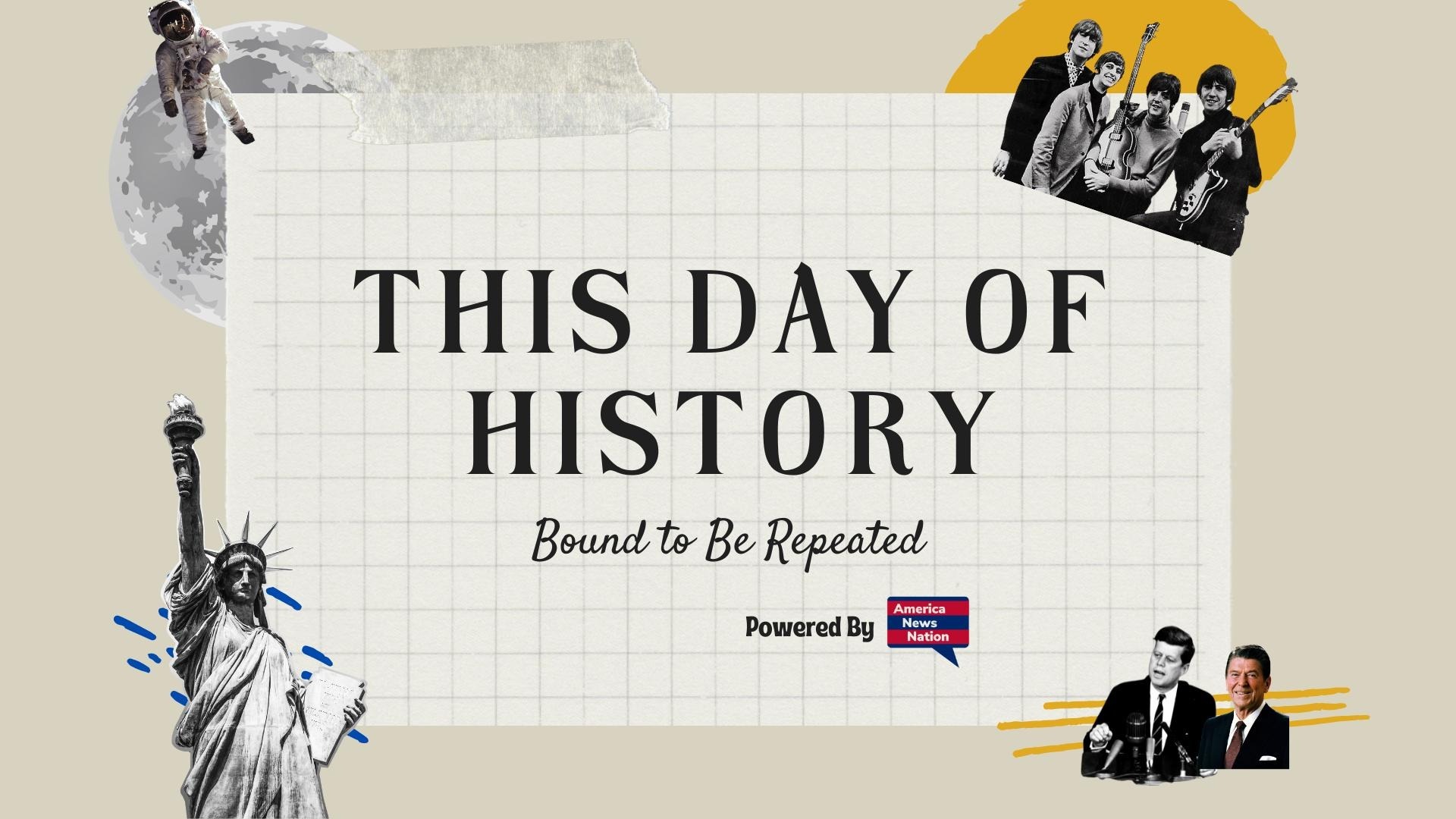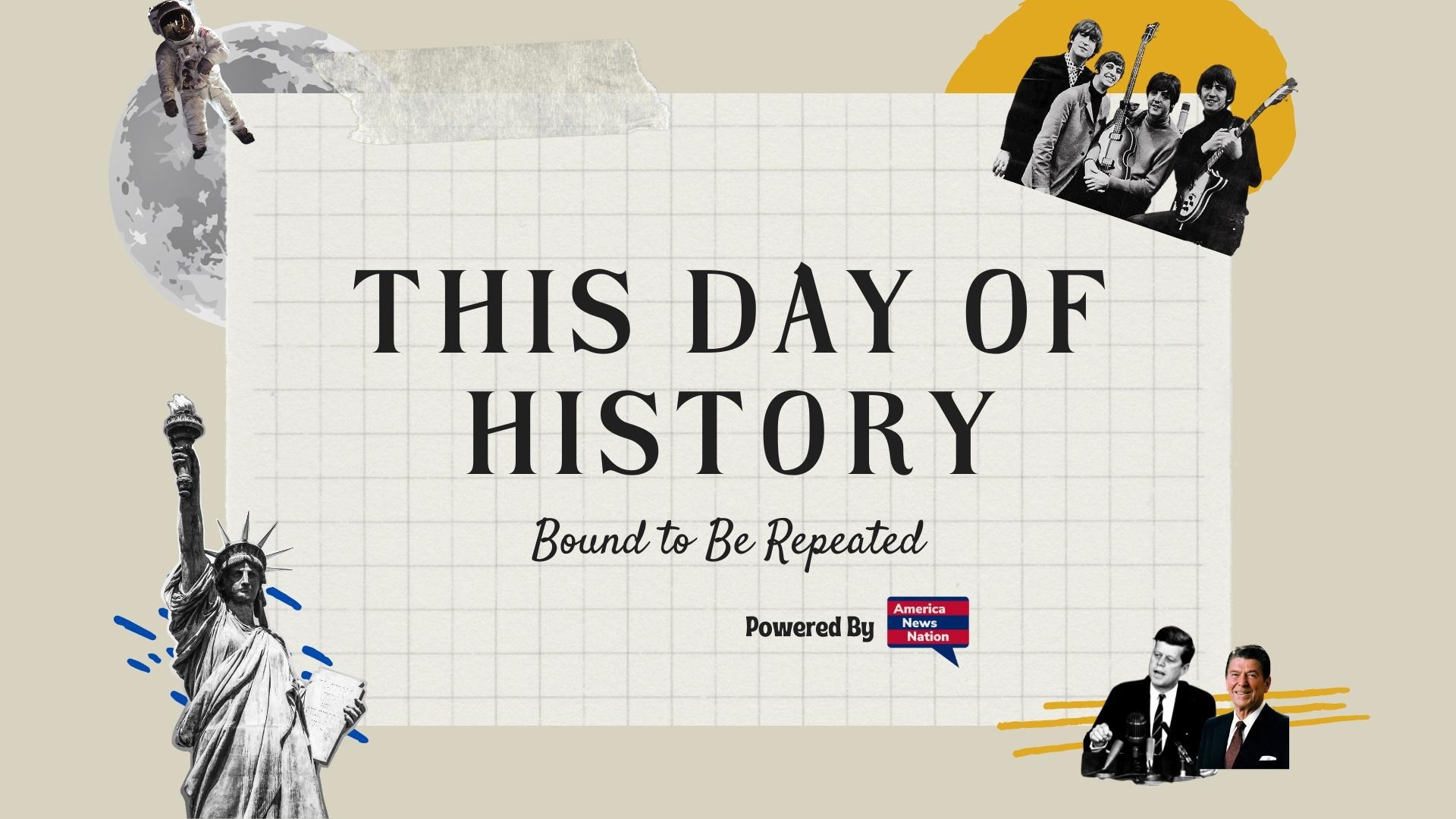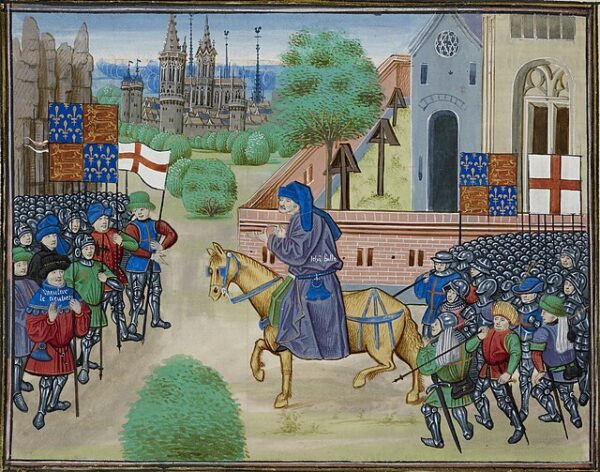It began not with a battle cry, but with a refusal. On May 30, 1381, villagers in Brentwood, Essex, stood their ground against royal tax collectors—and in so doing, ignited one of the most explosive popular uprisings in English history. The Peasants’ Revolt, also known as Wat Tyler’s Rebellion, was no spontaneous riot. It was the culmination of decades of economic strain, post-plague labor tension, and mounting anger at a political system that demanded sacrifice from the poor while shielding the powerful. Within weeks, England’s social order teetered on the brink.
At the heart of the conflict was the third poll tax in four years—an indiscriminate levy that demanded the same from a day laborer as from a landed knight. Ostensibly enacted to finance the crown’s floundering campaigns in France, the tax served as a spark in a landscape already soaked in fuel. England’s peasantry, battered by the economic fallout of the Black Death and shackled by laws designed to freeze wages and bind workers to their lords, had reached a breaking point. When the king’s agents arrived in Essex to collect, the people struck back.
Resistance spread like wildfire. From Essex and Kent to Suffolk and Norfolk, thousands of peasants, craftsmen, and disenfranchised townsmen abandoned their fields and shops and took to the roads. Their grievances were not vague. The Statute of Labourers (1351), which attempted to criminalize economic mobility, was a frequent target. So were corrupt justices, absentee lords, and a court culture increasingly seen as decadent and aloof. In sermons and in action, the rebels demanded the abolition of serfdom, the end of feudal dues, and justice not reserved for the elite.
Two figures came to embody the rising: Wat Tyler, a former soldier with a clear command of strategy, and John Ball, a radical preacher whose rhetorical gifts distilled the movement’s ethos into a single, unforgettable question: “When Adam delved and Eve span, who was then the gentleman?” With this theocratic egalitarianism as their creed, the rebels converged on London in mid-June—disciplined, organized, and prepared to remake the realm.
London did not resist. The gates opened. Royal officials were dragged into the streets and executed. The Savoy Palace, long a symbol of aristocratic excess, burned. The king’s inner circle—especially John of Gaunt, Richard II’s powerful uncle—became targets of violent reprisal. But the rebels spared Richard himself. Only 14 years old, the boy-king met with the insurgents, issued charters of manumission, and pledged a new era of freedom. For a brief moment, it appeared the old order would yield.
It did not. Days later, during a tense second meeting at Smithfield, Wat Tyler was struck down by royal guards. With their leader dead, the rebels were thrown into confusion. Richard seized the moment, declaring himself the true head of the people and commanding them to disperse. They obeyed—and the retribution began. The king revoked the charters, rounded up the ringleaders, and restored the apparatus of feudal control. Hundreds were executed. Reform would wait.
Yet the rebellion’s failure obscures its deeper effect. The specter of mass revolt haunted the nobility for generations. And though serfdom was not abolished by proclamation, it quietly eroded in the decades that followed. What began on May 30 as a tax protest became something far more dangerous—a vision of an England in which birth conferred no divine right, and even the lowliest subject could claim a voice.






